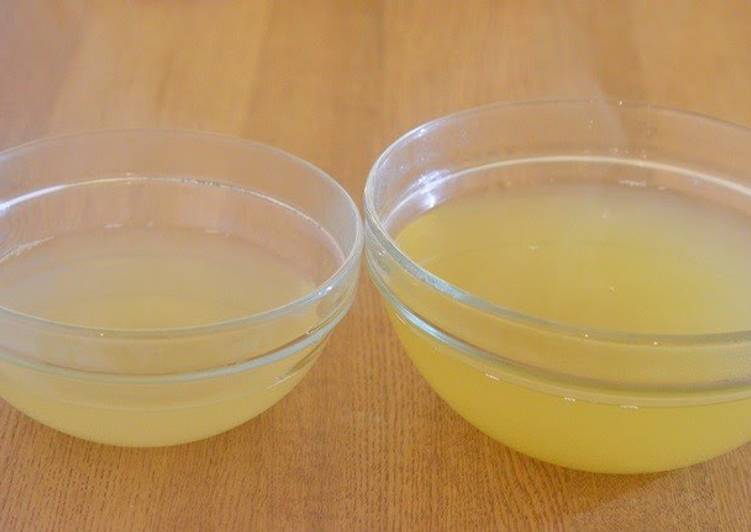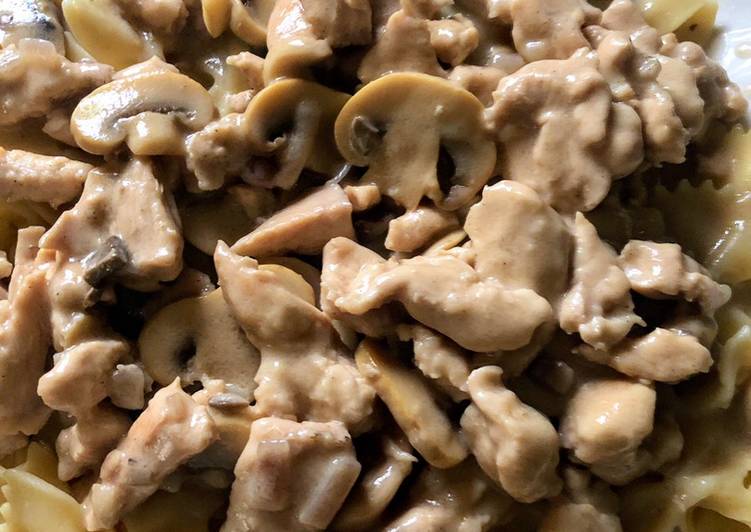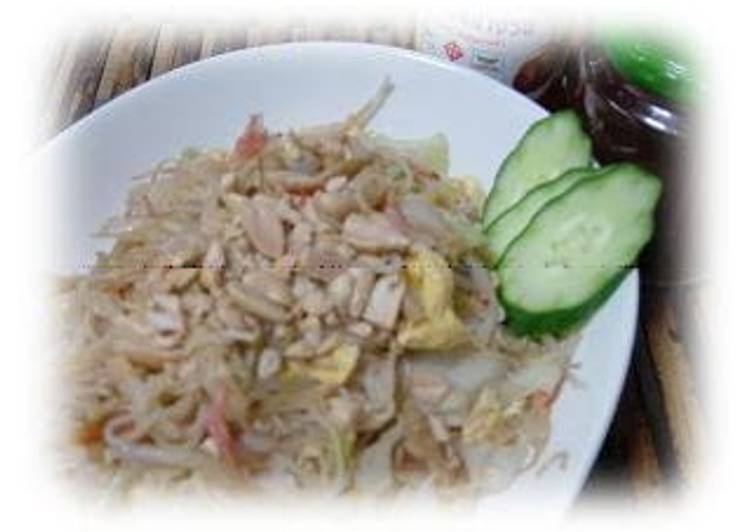
Whats up everybody, this time we will provide you with basic dashi stock (ichiban/first dashi, niban/second dashi) recipes of dishes which are simple to know. We are going to share with you the recipes that you’re looking for. I’ve made it many instances and it’s so scrumptious that you guys will like it.
Great recipe for Basic Dashi Stock (Ichiban/First Dashi, Niban/Second Dashi). Make sure not to simmer the konbu seaweed or bonito flakes longer than necessary. If you want clear dashi, I recommend.
Basic Dashi Stock (Ichiban/First Dashi, Niban/Second Dashi) is one of the most well liked of current trending meals on earth. It is easy, it’s fast, it tastes yummy. It is appreciated by millions daily. Basic Dashi Stock (Ichiban/First Dashi, Niban/Second Dashi) is something which I’ve loved my whole life. They’re fine and they look fantastic.
To begin with this particular recipe, we must first prepare a few ingredients. You can cook basic dashi stock (ichiban/first dashi, niban/second dashi) using 5 ingredients and 8 steps. Here is how you can achieve that.
The ingredients needed to make Basic Dashi Stock (Ichiban/First Dashi, Niban/Second Dashi):
- Take 15 grams Kombu
- Make ready 35 grams Bonito flakes
- Take 1 liter + 100 ml Water (for the ichiban/first dashi)
- Prepare 500 ml Water (for the niban/second dashi)
- Make ready 15 grams Additional bonito flakes (only if necessary)
Niban dashi is for general use in dishes where it doesn't play a starring role, i.e. for simmering meats and vegetables. The first dashi is made from unused ingredients, while the second dashi makes use of the previously used materials in the first cook to make the second broth. Dashi is the beginning of many Japanese soups, dishes, and sauces, such as miso, ramen, a seasoning to flavor vegetables, Chankonabe stew or Kaiseki (several dishes in this traditional meal require the use of dashi). There are several different types of dashi some are regional varieties while others appear seasonally.
Steps to make Basic Dashi Stock (Ichiban/First Dashi, Niban/Second Dashi):
- Soak the konbu seaweed in water (for the ichiban/first dashi) overnight.
- Heat water and konbu seaweed from Step 1. When it comes to a boil, remove the konbu seaweed. Add extra water plus all the bonito flakes at once and bring to a boil. Turn off the heat as soon as it boils.
- When the bonito flakes sink to the bottom (in 2-3 minutes) either scoop out or strain the dashi through paper towels.
- Put the used konbu seaweed and bonito flakes in water for niban/second dashi and bring to a boil. Simmer over low heat for 5 minutes. If adding adding more bonito flakes for flavor, add 1/2 the amount used for the ichiban dashi.
- Store dashi you'll use right away in a pot (it'll keep for 2-3 days). To store dashi longer (up to 3 weeks) pour into ice trays, or into a plastic ziplock bag and freeze flat.
- Use ichiban-dashi for clear soups and miso soups, and other dishes that call for it. Use niban-dashi for simmered dishes and the like.
- I recommend simmering niban-dashi and konbu seaweed used for making dashi with vegetables in a pressure cooker. The dashi flavor penetrates the vegetables, and the konbu seaweed becomes soft and silky. You can enjoy a lot of vegetables this way.
- Try cooking daikon radish slices (with the sharp edges rounded off) with konbu seaweed, salt, and sugar in a pressure cooker for 10 minutes for a light and mild flavored dish.
Ichiban Dashi also is known as the first dashi is made from a combination of. Place the pot over medium heat. Right before the water starts to boil […] One important thing to note is that many of the instructions above are specifically for making a type of dashi known as ichiban dashi, which literally means "first dashi."The kombu and katsuobushi flakes used to make this first dashi are typically used again to make niban dashi, which is, you guessed it, "second dashi."The distinction between the two is of the utmost significance in Japanese. Hi Claudia, Yes Niban(the second) dashi is made from the same ingredients used for making ichiban (the first) dashi. It is "Mottainai (What a waste)" if we throw away the ingredients used for ichiban and niban dashi.
Above is cook basic dashi stock (ichiban/first dashi, niban/second dashi), very simple to make. Do the cooking levels appropriately, calm down and use your heart then your cooking can be scrumptious. There are numerous recipes which you could attempt from this web site, please discover what you need. If you happen to like this recipe please share it with your pals. Completely happy cooking.

